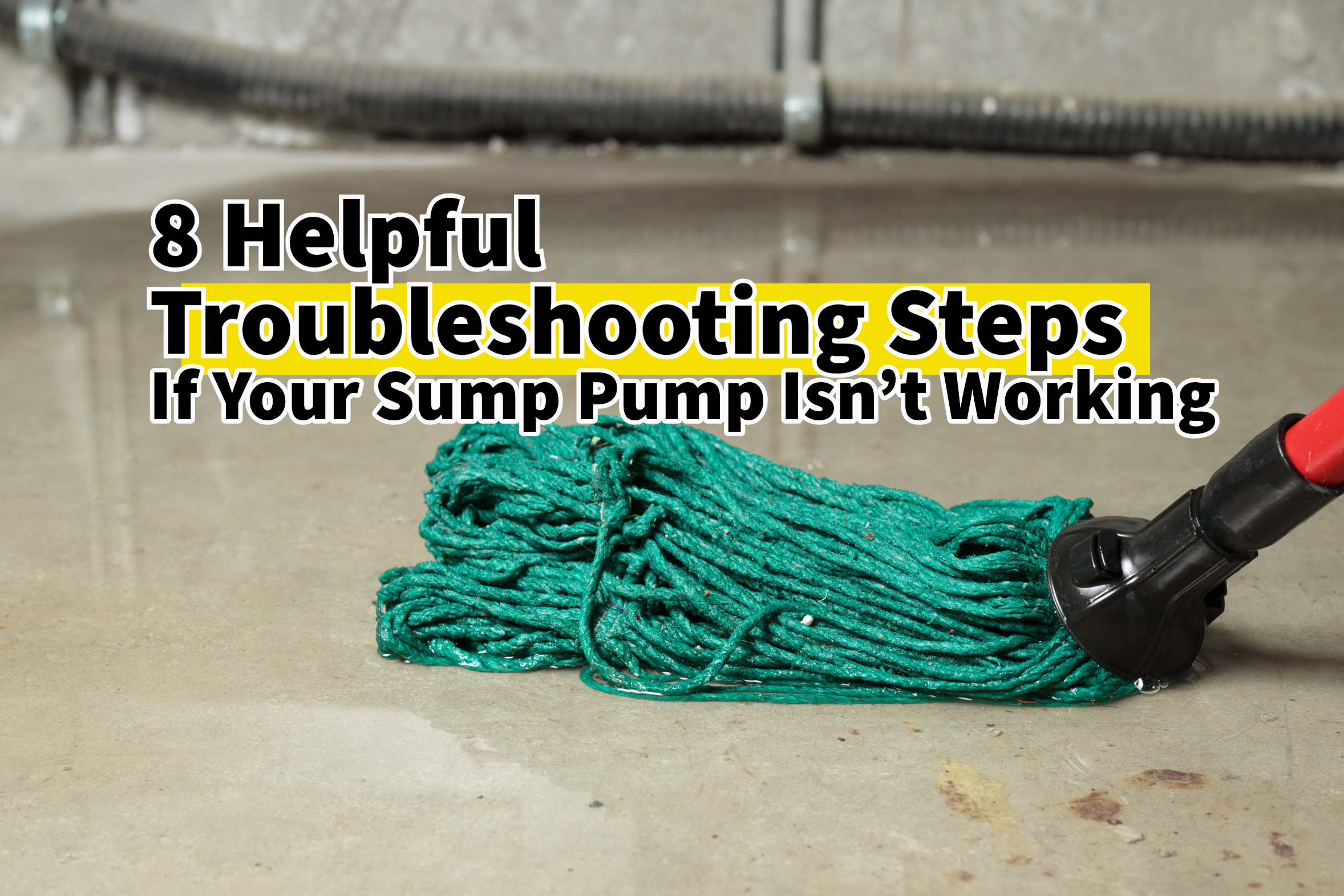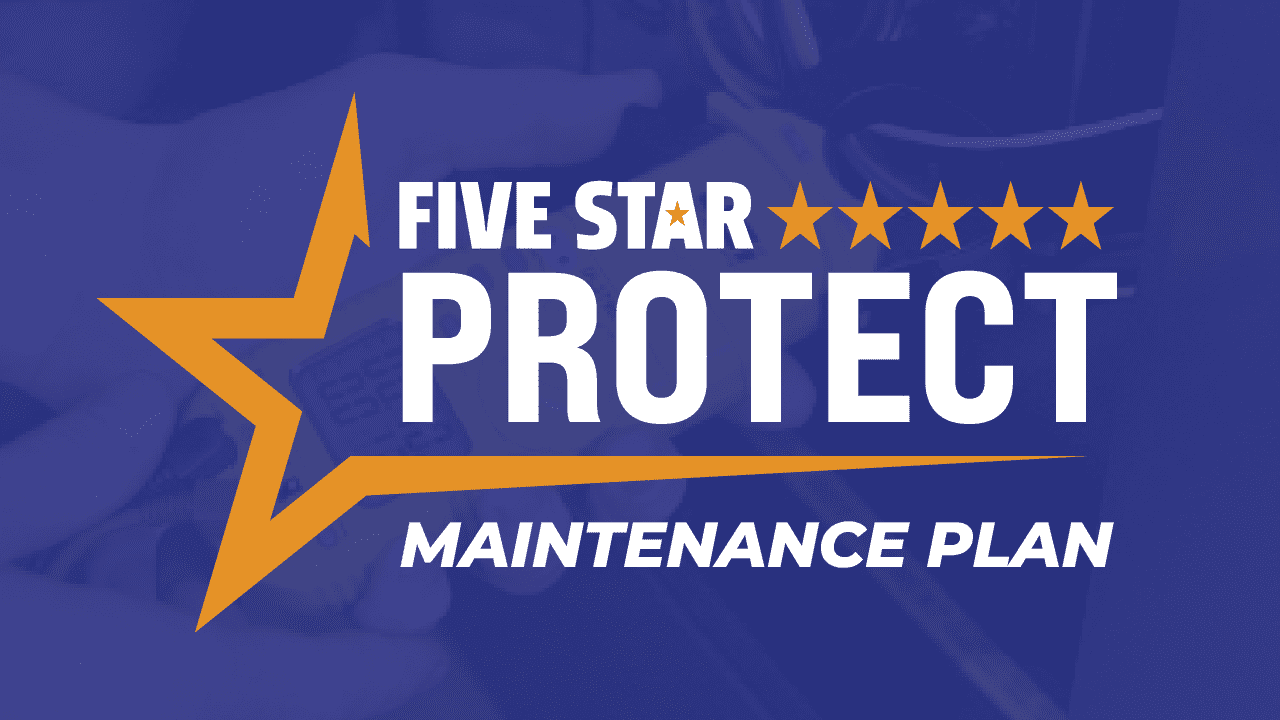Is your sump pump malfunctioning? Given the recent weather, this is not an uncommon issue for residents in our area. We are well aware of how Ohio’s unpredictable climate can cause plumbing problems. With the combination of snow melting and constant rainfall during the winter, sump pump problems are, dare we say, at their peak. It is crucial not to delay when your sump pump stops working.
Sump pumps are specifically designed to effectively remove water through the discharge pipe and redirect it away from your home’s foundation, ensuring its safety. However, when a sump pump suddenly malfunctions, it can rapidly lead to basement flooding, triggering a cascade of other disastrous consequences. Fortunately, the expert team at Narrow Path Plumbing is here to assist you! Allow us to provide you with the knowledge to help you troubleshoot the issue. And even if you aren’t quite experiencing any sump pump problems at the moment, don’t be afraid to familiarize yourself anyways with the eight most common reasons your sump pump may be acting up. Don’t wait for an emergency to arise – take action today.
Follow These Steps
- Check the Power Supply – Power outages often cause sump pump malfunctions. Whether due to a severe storm or a tripped circuit breaker, if your sump pump stops working, the first step is to ensure it is plugged in and receiving power. To confirm if the outlet is the issue, test it with another device. You can also try restarting the pump by unplugging and plugging it back in. However, be aware that this may only provide a temporary solution.
- Test the Pump Motor – Pay close attention to any peculiar sounds coming from the pump motor. If the motor isn’t running, examine the circuit breaker and reset it if necessary.
- Look In the Pump Basin: Now, move on to check on the side to figure out what’s going on. Inspect the sump pump basin for debris, dirt, or even ice accumulation. Should you find any, be sure to remove any debris that could obstruct the pump’s impeller.
- Inspect the Float Switch – Proceed to examine the float switch to ensure proper movement. Then, search for any debris that requires clearing and verify if the float switch moves smoothly. A jammed or frozen float will undoubtedly hinder the pump’s intended activation.
- Look Over the Check (or Overflow) Valve – To ensure proper installation of the check valve, it is crucial to verify its correct positioning. Additionally, it is essential to inspect and remove any debris that might obstruct or clog the valve. Occasionally, the pipe above the valve can also become congested, hindering the valve’s optimal functionality. Remember, a properly functioning check valve will effectively prevent water from flowing back into the sump pit.
- Examine the Discharge Pipe – If your basement is flooded and the water is not being properly drained away from your home, there is a high probability that the discharge pipe is clogged. Therefore, it is important to shift your attention toward locating and examining the discharge pipe.
- Search for the Weeping Hole – One important aspect to inspect is the weeping hole, which can affect the proper functioning of your sump pump. Sump pumps typically have a small hole on the discharge pipe that serves to release air and maintain optimal operation. If this weeping hole becomes blocked, it can impede the functionality of the pump. In such cases, it is necessary to clear any clogs from the weeping hole to make sure it works as it is supposed to.
- Evaluate Your Pump’s Size – If the size of your sump pump is inadequate for your space, it won’t be able to handle the large volumes of water it’s faced with. If you’ve encountered this problem multiple times, it might be time to think about upgrading to avoid encountering it repeatedly.
You’ve got this! With unwavering determination and focused DIY troubleshooting, you’ll be able to identify the root cause of your sump pump problem. Dealing with sump pump issues in cold weather can be challenging, but remember that safety should always come first. Take your time, proceed cautiously, and carefully evaluate your situation as you progress through each troubleshooting step. Your patience and thoroughness will prove worth It.
Seek Professional Assistance

If you’re still perplexed and scratching your head, don’t worry! We’re here to help. If these troubleshooting steps haven’t resolved the issue, we recommend reaching out to us for a professional diagnosis and to help get your sump pump back up and running. It’s crucial to have a licensed plumber inspect your sump pump to identify any underlying problems. Rest assured, we’ve got you covered!
Follow These Tips
Before we wrap things up, let’s discuss a few valuable tips to help you maintain your sump pump in the long run:
To ensure smooth operation and reduce the chances of unwanted sump pump mishaps, it’s a great idea to make it a habit to periodically check on your sump pump. Simply ensure that everything is running smoothly and there are no unusual sounds emanating from it. In addition, it’s always a good idea to try to maintain a clutter-free area around the sump pump to prevent issues caused by loose debris and clutter. The accumulation of such debris and items can result in clogs and hinder the functionality of your pump. And lastly, always make sure the sump pump pit lid is securely in place and properly sealed, effectively preventing any unwanted particles from entering. A tightly sealed lid will safeguard the pit from debris and ensure optimal pump performance.
Your home’s plumbing system is like its beating heart, vital to its overall functionality. Unfortunately, issues can arise, causing inconvenience and frustration. That’s why it’s crucial to entrust your home to someone you can have complete confidence in. At Narrow Path Plumbing, earning your trust is our utmost priority. We prioritize your safety, comfort, and satisfaction above all else.
Call Narrow Path Plumbing today at (937) 623-2619, or schedule an appointment online now by clicking here!





